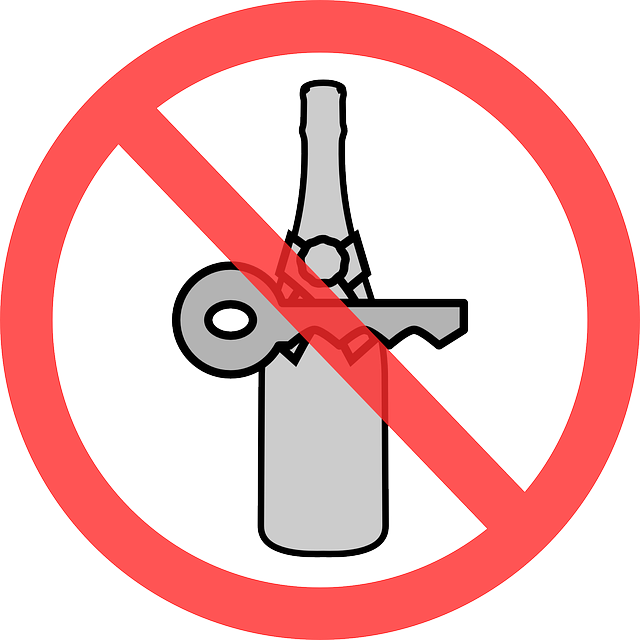Pedestrians have legally protected rights on roads, especially in crosswalks and school zones, with strict laws holding drivers accountable for violations, particularly commercial drivers. DUI defense for commercial drivers involves navigating complex legal procedures to mitigate charges while ensuring safety and protecting livelihoods. Enhancing road safety requires a multi-faceted approach including strict law enforcement, well-designed infrastructure, public education, and community collaboration. Effective strategies transform streets into safer spaces for all users, with a focus on mitigating DUI-related incidents involving commercial drivers.
“Ensuring safe streets for pedestrians is paramount in fostering vibrant communities. This comprehensive guide delves into the intricate web of pedestrians’ rights, with a specific focus on understanding legal protections and enhancing safety measures. From the nuances of commercial driver responsibilities to the impact of DUI laws, we explore strategies that empower both drivers and pedestrians. By examining these key aspects, including effective tactics for street safeguarding, this article aims to contribute to a more responsible and secure walking environment, especially with the crucial consideration of DUI defense for commercial drivers.”
Understanding Pedestrians' Rights: A Comprehensive Overview

Pedestrians have rights, just like any other road user, and it’s crucial for both pedestrians and drivers to understand these laws. In many jurisdictions, there are specific regulations that protect pedestrians’ safety, especially in areas where they are more vulnerable, such as crosswalks and school zones. These rules prioritize the well-being of individuals on foot, ensuring they can move around without fear of harm from motor vehicles.
Knowing your rights is essential for holding accountable those who violate them, particularly commercial drivers. In cases involving accidents with pedestrians, a DUI defense for commercial drivers may come into play if impairment or negligence is a factor. Pedestrians’ rights advocates argue that awareness and enforcement of these laws can lead to safer streets, reducing the risk of injuries and fatalities.
The Role of Commercial Drivers and DUI Laws

In ensuring safe streets for pedestrians, commercial drivers play a pivotal role. They are responsible for adhering to strict regulations aimed at protecting vulnerable road users, especially in densely populated areas and near schools or parks. DUI (Driving Under the Influence) laws are a significant aspect of this, with strict penalties and potential loss of license for commercial drivers found guilty. A DUI defense for commercial drivers involves navigating complex legal procedures and presenting compelling arguments to mitigate charges, ensuring they remain compliant with regulations while safeguarding their livelihoods.
Commercial drivers’ adherence to DUI laws not only keeps roads safe but also sets an example for the wider driving community. It underscores the importance of responsible driving practices, particularly in light of the increased responsibilities commercial vehicles carry. By understanding and complying with these laws, drivers contribute to a culture of safety that benefits all road users, fostering a more secure environment for pedestrians to enjoy their rights.
Safeguarding Streets: Strategies for Enhancing Pedestrian Safety

Ensuring safe streets is paramount for protecting pedestrians and fostering vibrant communities. To enhance pedestrian safety, several strategic initiatives can be implemented. One key approach involves strict enforcement of traffic laws, particularly targeting commercial drivers with a focus on DUI defense to prevent impaired driving. Well-designed infrastructure, including dedicated pedestrian walkways and clear signage, can also significantly reduce risks. Additionally, public education campaigns play a vital role in raising awareness about pedestrian rights and safe practices among both walkers and drivers.
Communities can further strengthen these efforts by encouraging active transportation through incentives for walking and cycling, thereby reducing the number of vehicles on the road. Collaboration between local authorities, transportation planners, and community groups is essential to implement these strategies effectively. By combining robust legal measures, thoughtful urban planning, and public engagement, streets can be transformed into safer, more welcoming spaces for everyone, regardless of age or mobility.
Pedestrians’ safety is a multifaceted issue that requires a holistic approach, encompassing education, responsible driving, and effective enforcement. By understanding pedestrians’ rights and implementing strategic solutions, communities can foster safer streets. This includes addressing the unique challenges posed by commercial drivers and DUI offenses through targeted legislation and public awareness campaigns. Ultimately, prioritizing pedestrian well-being not only ensures the security of our urban landscapes but also contributes to more livable and inclusive cities for all. Moreover, leveraging resources and collaborating among stakeholders can revolutionize pedestrian safety, making our streets a testament to a balanced and harmonious coexistence between vehicles and pedestrians.






